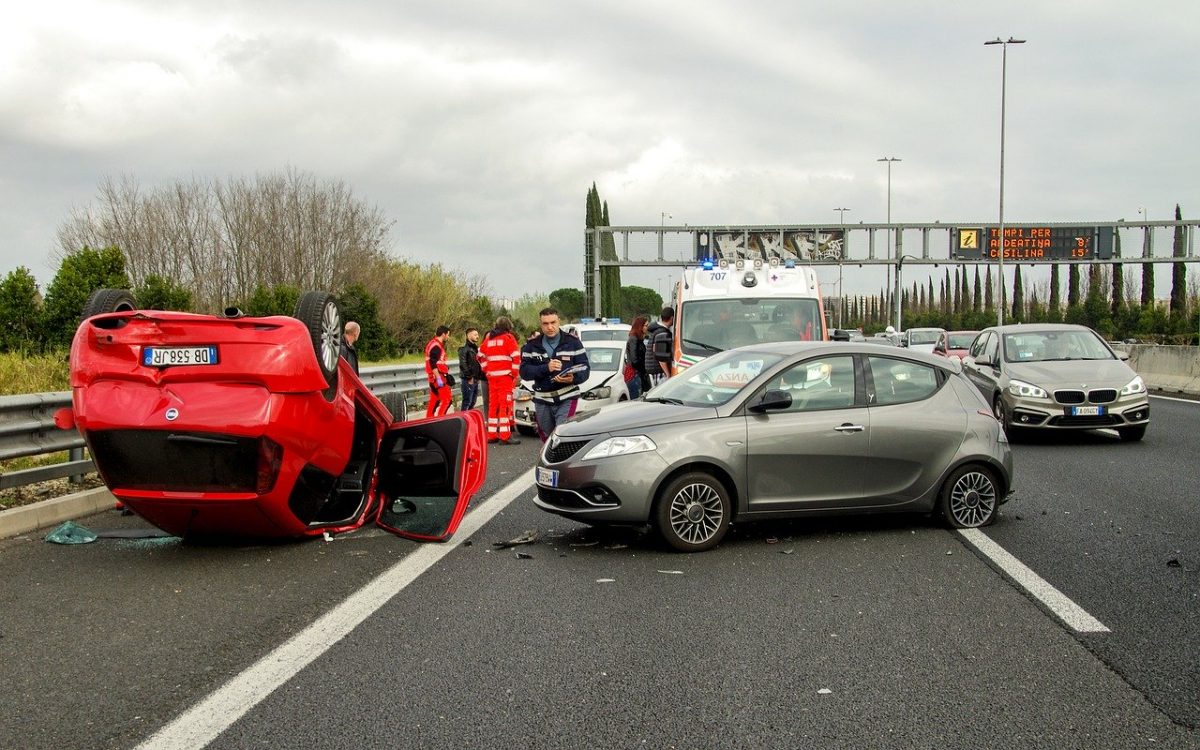Health insurance differs from other types of insurance, and it is really important to compare different health care insurance plans.
These plans can widely differ from each other in three or four main areas, and understanding them can allow you to compare policies on a like for like basis.
These differences relate to types of costs, where the treatment can be carried out and by whom, and the type of medical care provided.
Cost
Every insurance policy has a premium, but health insurance plans have other features that can affect the overall price of the policy. These costs can be referred to by different names, but are normally called deductibles, co-payments and co-insurance.
A deductible is similar to an excess on most other types of insurance, but is normally a much higher percentage of claim retention than say a car or home insurance policy.
Co-payments and Co-insurance are costs that relate to two different areas.
Co-payments are normally for relatively small areas of payment, such as frequent visits to a primary care physician, and Co-insurance normally relates to an overall percentage cost of any overall treatment that the policyholder incurs.
Taken together, these costs can be quite considerable. A thorough comparison of healthcare plans beforehand can help clarify which companies are likely to be most cost-effective.
In / Out Networks
This is a key feature of many healthcare plans.
A network refers to a specific number of hospitals, clinics and clinicians, that the insurance company will have arranged contracts with, and will specify where any treatment needed will have to be carried out, and by whom.
These hospitals and clinicians, are referred to as being in network, i.e. centres that the insurance company works with.
If a policyholder wants to seek treatment at another hospital or clinic, then these are referred to as being out of network, and either will not be covered by the policy, or will cost significantly more than ‘in network’ treatment.
This area of networks affects the choice of clinicians. For some people, this will be an issue, for others not so much so, but it is important to be aware of it when comparing policies.
Pre-existing conditions
This is a term that many people will be familiar with. It is really important to check whether the health care plan excludes any existing medical condition, that has either been treated in the past or currently exist. Policies differ widely in this area.
Aside from pre-existing conditions, it is also important to check if the policy covers recurrence of other conditions that might not be pre-existing conditions but occur for the first time during the time of the policy.
These might be treated successfully, but then recur later. Some policies might exclude such a recurrence, others would not.
Dental / Optician costs
A number of healthcare plans specifically exclude any type of dental or optician related treatment and costs. If a plan does include them, they are likely to be quite expensive. It is always worth getting alternative quotes for these types of policies, and then being able to compare them on a similar basis.
Finding the best health care plan is easy, all you need to do is make the most of our comparison tool on Compare Insurance – make your application now and get results in minutes.



